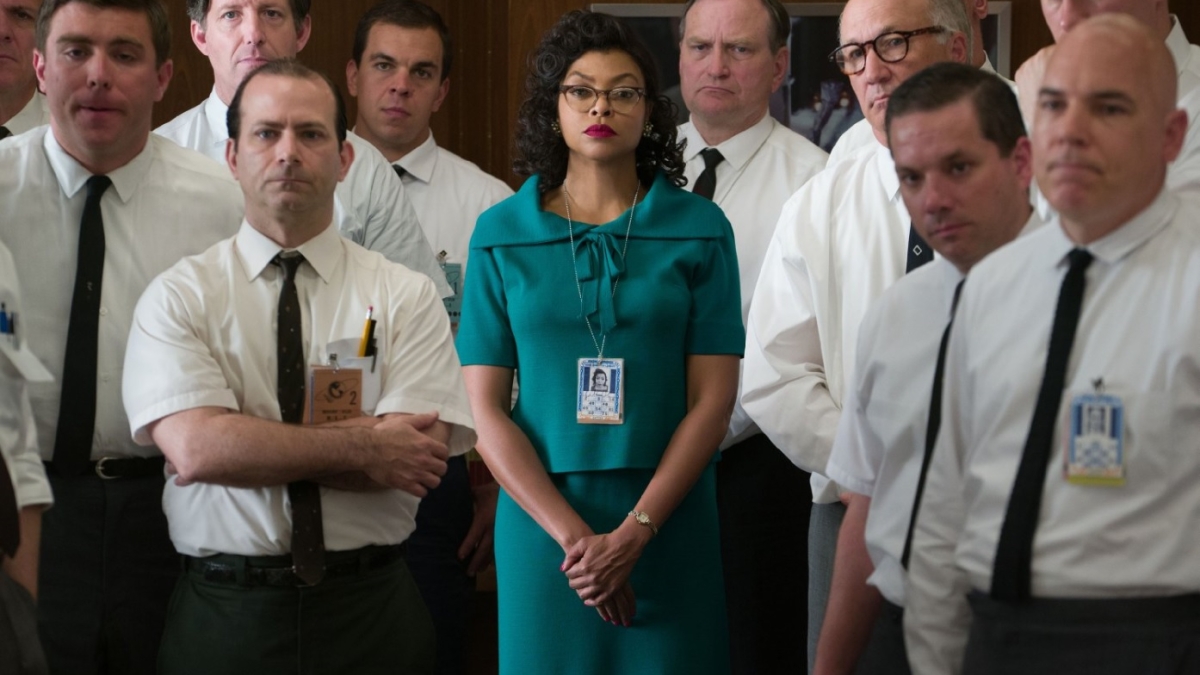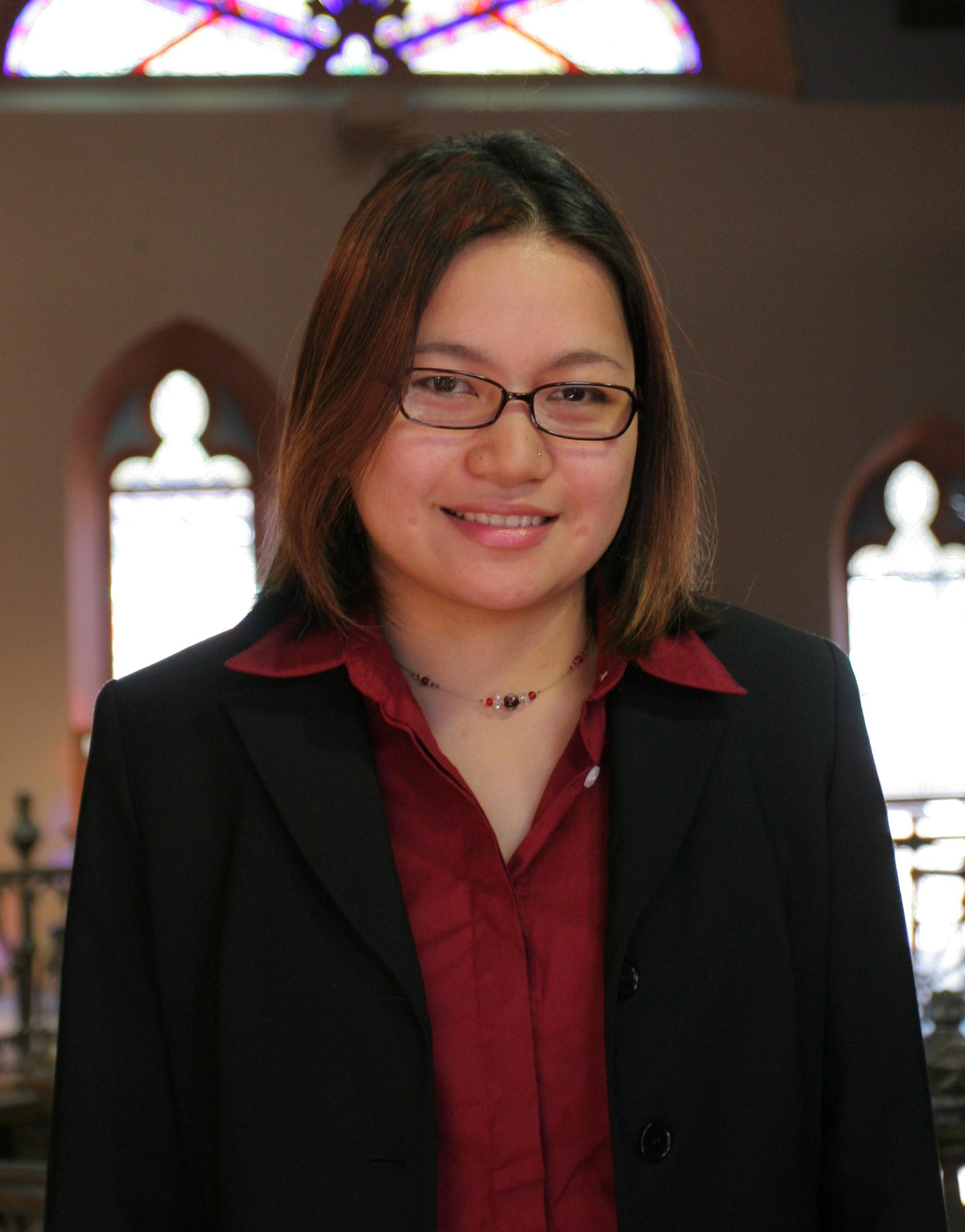'Hidden Figures' recalculates story of women of color in STEM
ASU's Center for Gender Equity in Science and Technology advocacy manager Sharon Torres talks about implicit bias, providing role models and changing the narratives

Across STEM fields, women of color share a similar story — just ask Sharon Torres.
“I was born and raised in the Philippines, but all my role models were white,” said the advocacy manager at ASU’s Center for Gender Equity in Science and Technology.
Her work in breaking down barriers — gender and ethnic — figures to get a boost Friday with the release of “Hidden Figures,” a new Hollywood film that tells the story of three black women who helped NASA win the space race in the 1960s.
Torres spoke with ASU Now about the mission and progress of her year-old center and how stories such as “Hidden Figures” can inspire women and minorities by changing narratives and challenging stereotypes.
Sharon Torres
Question: Why did it take so long to tell the story of the mathematicians in “Hidden Figures”?
Answer: I think for same reason that people of color are considered underrepresented in many settings: There is a dominant narrative that does not include women of color.
However, I do think that our country is becoming increasingly diverse, and voices of color are slowly but surely being heard in popular avenues like Hollywood, which has a strong influence on our culture.
Q: Why is it important to tell stories that acknowledge the role of women and women of color in both American history and in STEMSTEM stands for science, technology, engineering and mathematics.?
A: For one, American history is incredibly rich, and it’s only right that it should reflect the depth and diversity of the people.
Second, inspirational stories like this have the ability to empower our future STEM leaders.
Culturally responsive teaching is not an uncommon thing, and it’s been proven that young students of color respond very well when they can see themselves in their role models.
So I believe that they need to know about these stories so that they can build the self-confidence they need to see themselves in those positions.
Q: There have been times when marginalized groups have experienced setbacks, even after making great progress. Can you think of any examples of that happening with women and women of color who are trying to break into the STEM fields?
A: Absolutely. One challenge that I can think of that women, and especially women of color, face in STEM is implicit bias.
Implicit bias really plays a huge role in women of color entering, persisting and succeeding in STEM — whether in an academic setting or in STEM industries.
We have seen reports of maltreatment of women in STEM, and just generally feeling unsupported in their chosen industry or discipline.
So there’s still a lot of that unconscious bias — or actually, sometimes conscious bias — that a woman’s role is not in a laboratory or a spaceship.
Q: Where does that bias come from?
A: I think that bias comes from a history that has not been multidimensional.
It’s almost a cyclical argument, because when there are successful strides made by women of color that are not acknowledged, they disappear from the narrative of success in STEM.
And if those success stories aren’t represented in history, how can women of color establish themselves as a formidable force and as an example for others to model?
Q: Are there any other examples of such stories being told well?
A: There’s a couple movies actually that speak to the work that we do at CGEST: There’s one called “CodeGirl,” and another, just simply “Code.”
Those stories align so well with the capacity-building efforts of our center.
They’re stories of girls from undersourced communities building technical skills, as well as skills like self-efficacy, self-confidence and social consciousness.
Q: Who were some of your role models growing up?
A: This actually demonstrates the whole idea of what we’re talking about: I was born and raised in the Philippines and all my role models were white, because the dominant narrative there was also very skewed toward Western preferences. … [My role models] changed over the years. I started going into diversity work about five years into my professional career, and at that time I was working in an urban institution where I started feeling the micro-aggressions that exist in society.
Q: Who are some of your role models today?
A: One would be Tina Tchen; she’s the outgoing chief of staff to the first lady. She is of Asian descent, and so am I, and she’s also the executive director of the White House Council on Women and Girls.
I look up to her because she and the first lady of this administration have helped people notice these issues, these disparities that exist when it comes to race and gender.
They’ve really brought them into the limelight and have done so much in the last eight years to mobilize not only people who are in government but also in education, private sectors and even on an individual level.
I feel like this issue of gender and race disparity in STEM is an issue that any individual person, organization, entity or institution can help advance. It’s not just “us” [women and women of color] doing the work; there’s plenty that we can all do.
Top photo: Mathematician Katherine G. Johnson (played by Taraji P. Henson) surrounded by NASA scientists in "Hidden Figures." Photo by Hopper Stone/SMPSP/20th Century Fox
